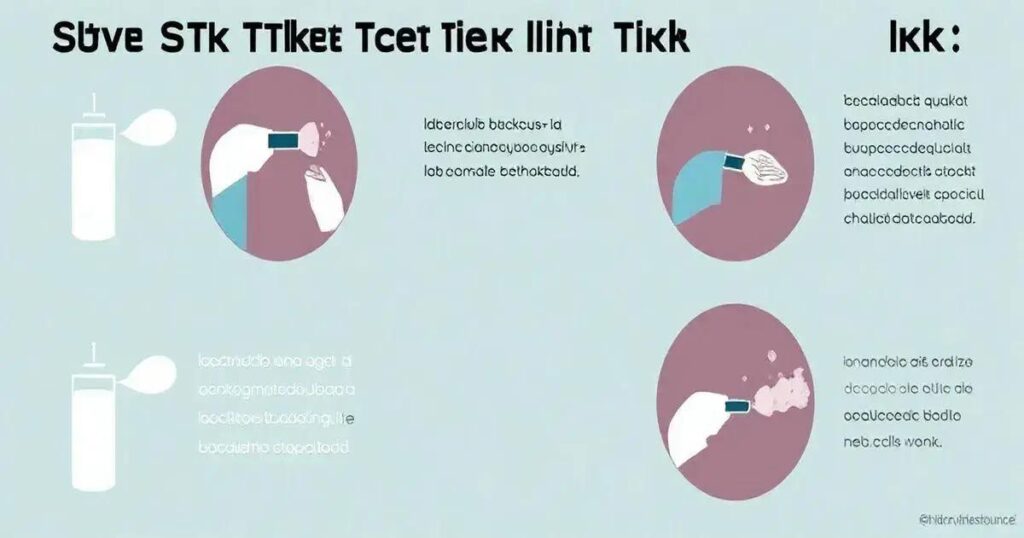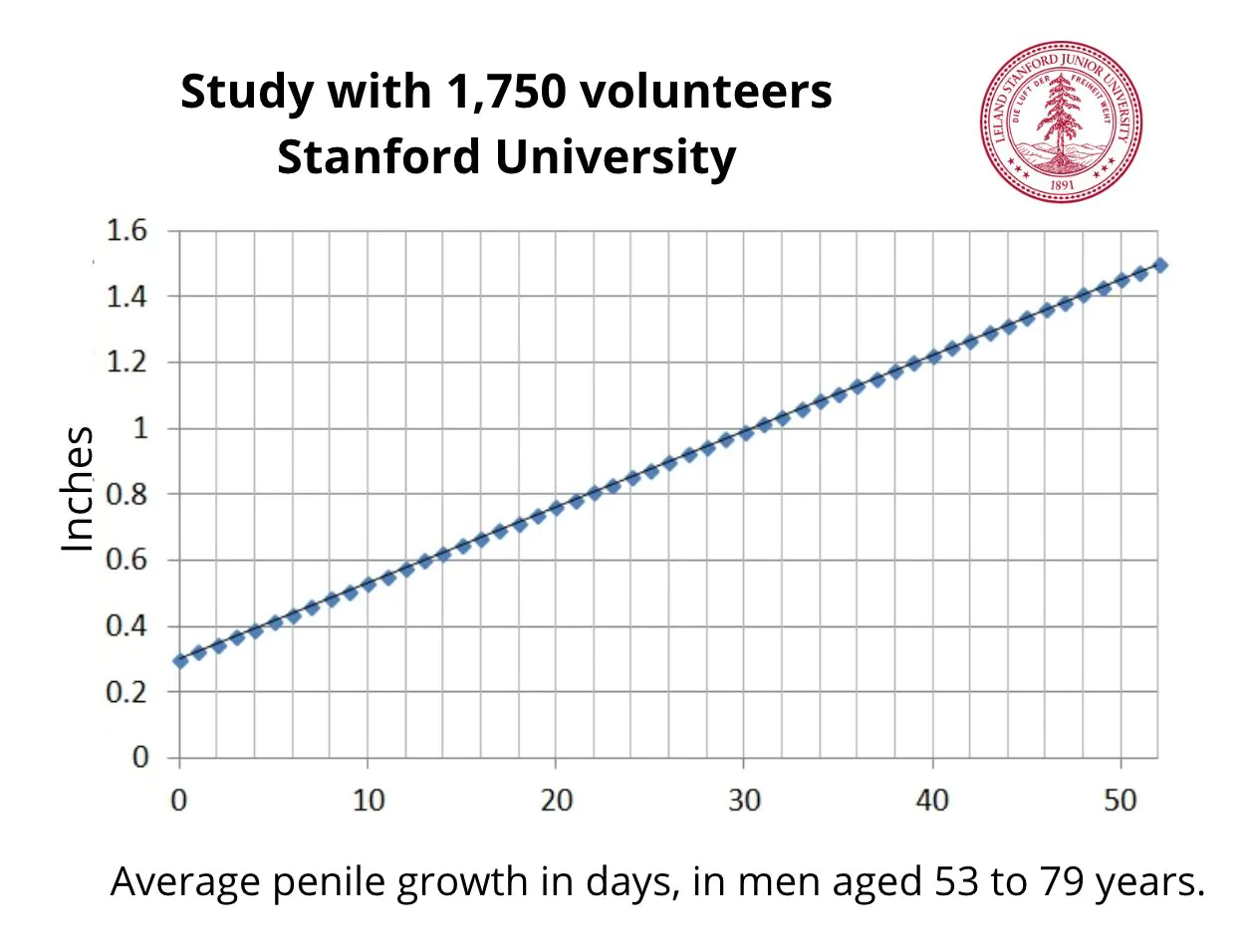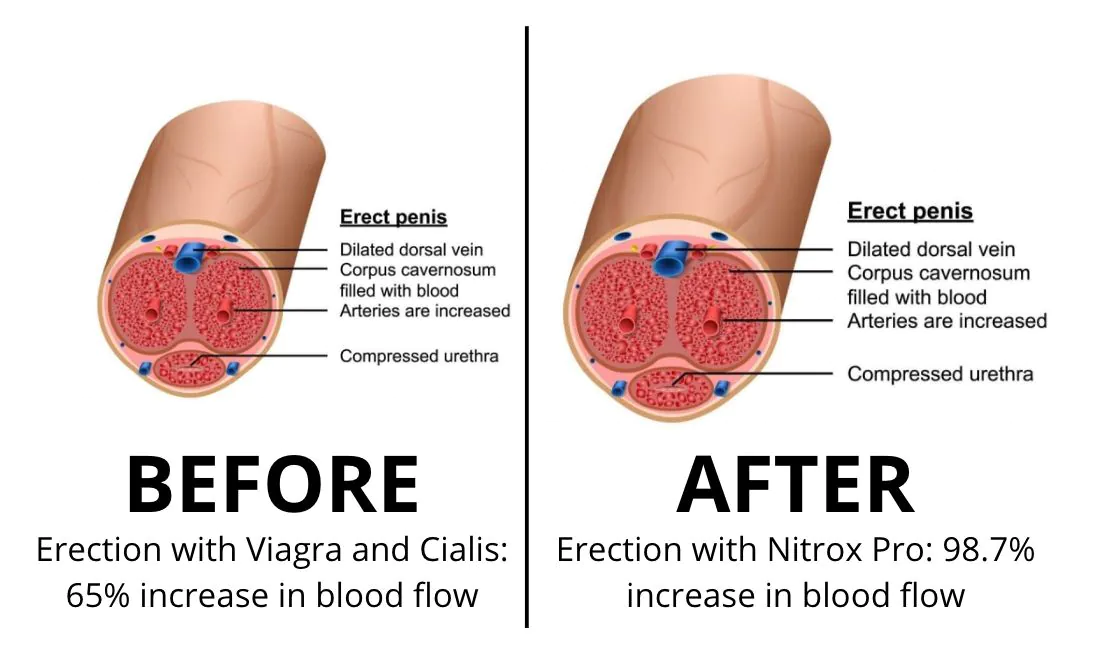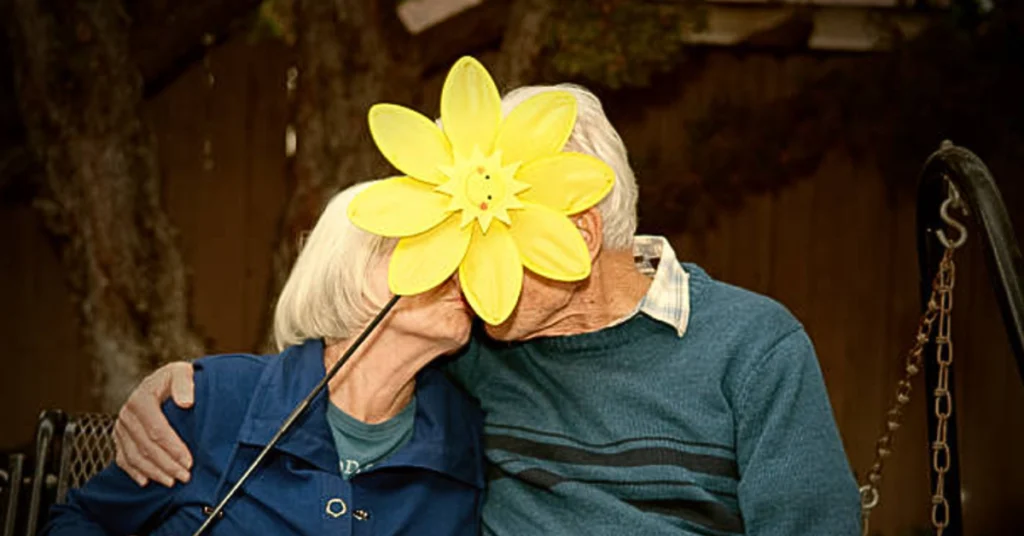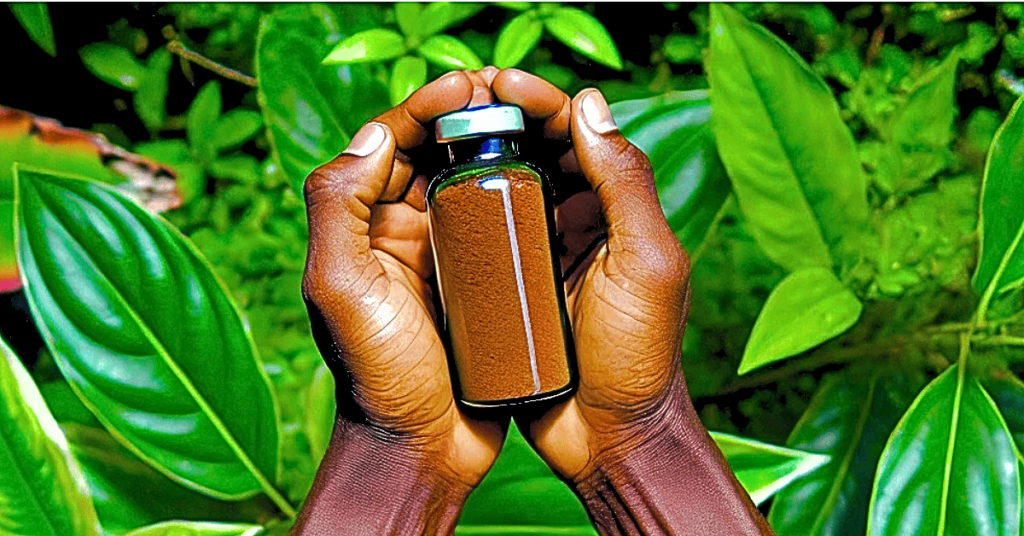Are there alternatives to the Smell Trick? Yes, there are several techniques such as visual stimulation, sound therapy, touch and textures, and mindfulness practices that can enhance emotional and sensory experiences effectively.
Are there alternatives to the Smell Trick? If you’ve ever pondered this question, you’re not alone! Many people seek innovative ways to enhance their experiences and explore new methods. In this article, we will dive deep into the alternatives available today, weigh their pros and cons, and help you make an informed choice that suits your needs.
Understanding the Smell Trick
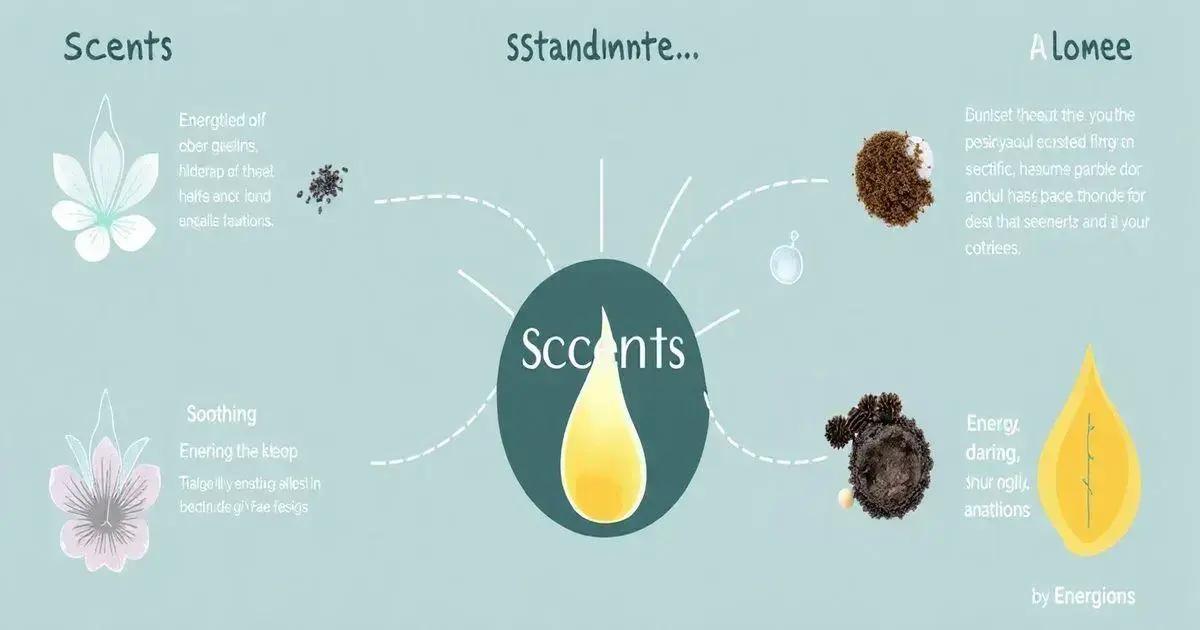
The Smell Trick is an interesting concept that involves using scents to influence emotions and behaviors. It’s often used in various fields, such as marketing, therapy, and even everyday situations. The idea is that certain smells can evoke strong feelings or memories, which can help people in various ways. For example, the smell of lavender is known to promote relaxation, while citrus scents can energize.
How the Smell Trick Works
When we encounter a scent, our brain processes it through the olfactory system. This system is closely linked to the limbic system, which controls emotions and memory. Because of this connection, smells can trigger different emotional responses. For instance, the smell of fresh cookies might remind someone of comforting childhood memories.
Common Applications
The Smell Trick is commonly used in marketing. Brands often use specific scents in their stores to create a welcoming atmosphere, encouraging customers to stay longer and buy more. In therapy, scents are utilized to help individuals manage stress and anxiety. Aromatherapy is one of the therapeutic uses that harnesses the power of smell to promote wellness and relaxation.
Scientific Background
Numerous studies have shown that scents have a profound impact on mood and behavior. Research has revealed that specific aromas can affect our stress levels, focus, and overall well-being. These findings explain why the Smell Trick has gained popularity in various industries. By understanding how specific scents can influence us, we can better utilize this phenomenon in our daily lives.
As you explore alternatives to the Smell Trick, it’s essential to comprehend its principles. This knowledge can guide you in discovering various innovative techniques to enhance experiences and well-being.
Exploring Alternative Techniques
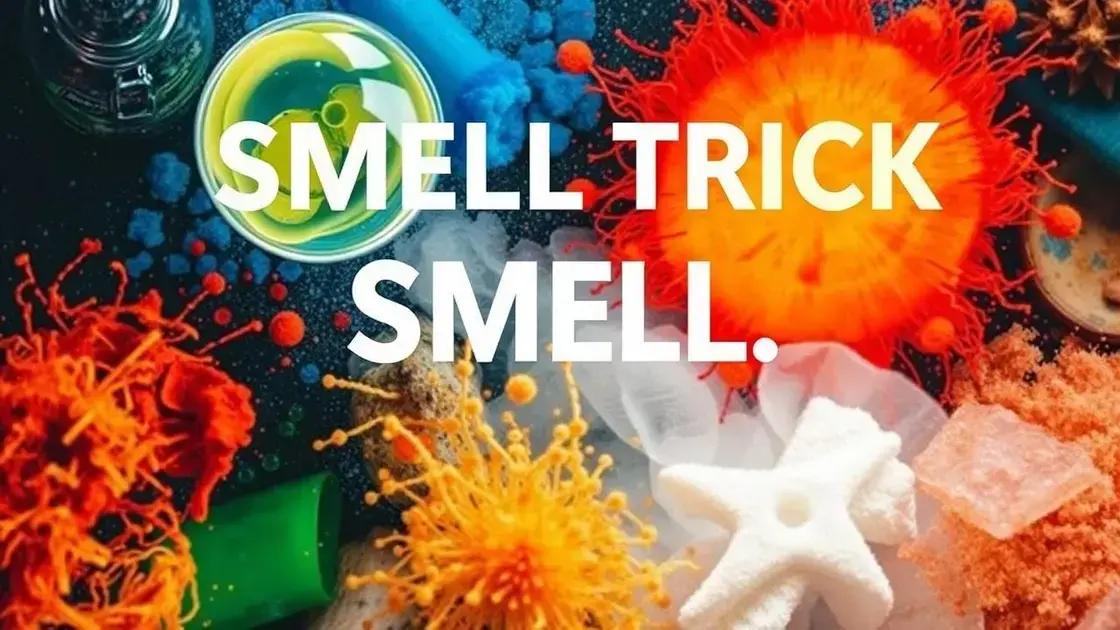
When considering alternatives to the Smell Trick, several techniques can enhance emotional and sensory experiences. These methods can influence mood and well-being without relying solely on scents. Here are some of the most notable alternatives:
1. Visual Stimulation
Colors and images can significantly affect our emotions and thoughts. Bright colors like yellow and orange are often associated with happiness and energy, while blues can promote calmness. Use art, design, or even lighting to create an atmosphere that impacts how you feel.
2. Sound Therapy
Like scents, sounds also have the power to change our emotions. Sound therapy involves using music, nature sounds, or white noise to create a soothing environment. Many people find that listening to calming music can relieve stress and improve focus.
3. Touch and Textures
The sense of touch can evoke feelings of comfort and relaxation. Techniques such as massage, acupuncture, or simply holding a smooth stone can create calming sensations. Textures like soft fabrics or warm surfaces can also provide comfort and enhance mood.
4. Mindfulness and Breathing Techniques
Practicing mindfulness can improve emotional health. Activities such as meditation and deep breathing exercises help calm the mind and reduce anxiety. Engaging in these practices can help individuals connect with their feelings more deeply.
By exploring these alternative techniques, you can expand your toolkit for enhancing well-being and discover new methods to enrich your experiences without solely relying on the Smell Trick.
Pros and Cons of Each Method
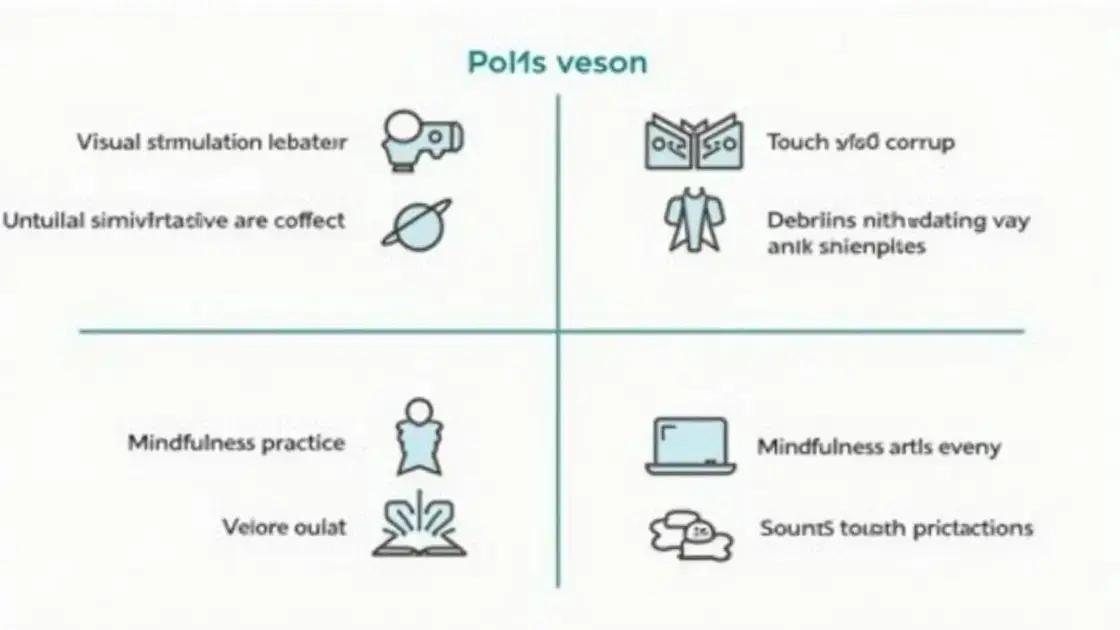
When evaluating the various methods discussed, it is important to consider the pros and cons of each technique. This will help you choose the right approach for your needs. Below are some key points to consider for each alternative technique:
Visual Stimulation
Pros: Visual stimulation can quickly uplift moods and create an engaging environment. Bright colors and appealing images can enhance creativity and focus.
Cons: Not everyone may respond positively to visual changes. Some might find excessive visuals overwhelming or distracting.
Sound Therapy
Pros: Sound therapy is easy to access, often requiring just a playlist. It can effectively reduce stress and enhance relaxation.
Cons: Different sounds affect people in different ways. What may soothe one person can annoy another, making it less universal.
Touch and Textures
Pros: Hands-on methods can be very calming and grounding. They provide comfort through physical sensations, which can enhance emotional well-being.
Cons: These methods can sometimes require more time to see results. Additionally, personal preferences for touches and textures vary widely.
Mindfulness and Breathing Techniques
Pros: Mindfulness practices are accessible and can be done anywhere. They are widely respected for promoting mental and emotional stability.
Cons: It may take time for individuals to learn and implement these techniques. Some may find it difficult to focus or stay consistent with practice.
By weighing these pros and cons, you can make more informed decisions about which methods might work best for you or your audience when exploring alternatives to the Smell Trick.
Conclusion and Recommendations
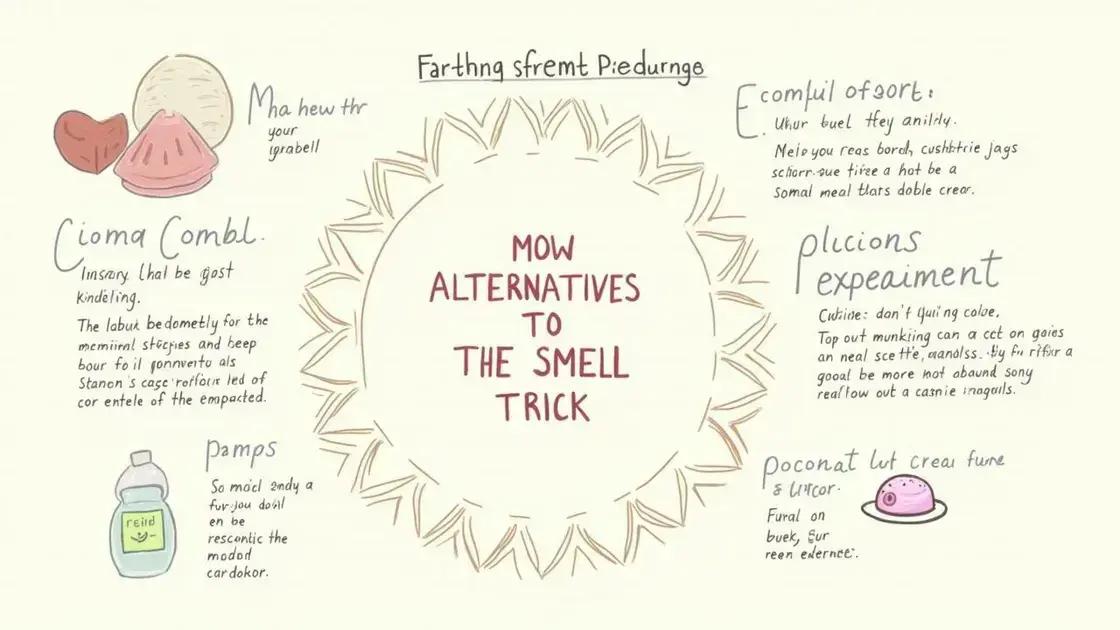
In summary, exploring alternatives to the Smell Trick can offer various benefits for emotional and sensory experiences. Each method has unique strengths and weaknesses. For those looking to improve their mood or create engaging environments, it is helpful to consider your personal preferences and needs.
Recommendations for Implementation
Start Small: Choose one or two techniques that appeal to you. Experiment with them in different settings to see what works best for you.
Be Mindful: Pay attention to how each method affects your mood and behavior. This awareness can help you make adjustments for better results.
Combine Techniques: Consider using a mix of methods. For example, you might combine visual stimulation with music to create a more enveloping experience.
Seek Professional Guidance: If exploring these techniques for therapeutic reasons, consulting with a professional can provide valuable insights tailored to your needs.
Ultimately, by understanding these alternatives and applying them thoughtfully, you can enhance your well-being and create enjoyable experiences that resonate with you.
Exploring Alternatives to the Smell Trick
In conclusion, discovering alternatives to the Smell Trick can significantly enhance emotional experiences and well-being. Each method discussed—whether it be visual stimulation, sound therapy, touch and textures, or mindfulness practices—offers unique advantages that can work for various individuals.
By understanding the pros and cons of these techniques, you can make informed decisions about which methods best suit your needs. Remember to start small, be mindful of your reactions, and don’t hesitate to combine methods for an enriched experience.
Ultimately, the journey toward exploring these alternatives opens up new opportunities for personal growth and enhancement of your sensory experiences.
FAQ – Frequently Asked Questions about Alternatives to the Smell Trick
What is the Smell Trick?
The Smell Trick involves using specific scents to influence emotions and behaviors, often seen in marketing and therapy.
What are some alternatives to the Smell Trick?
Alternatives include visual stimulation, sound therapy, touch and textures, and mindfulness practices, each offering unique benefits.
How can visual stimulation improve mood?
Bright colors and appealing visuals can uplift spirits and enhance focus by creating an engaging environment.
Can sound therapy be effective for everyone?
Sound therapy can help many, but results vary; what soothes one person might not have the same effect on another.
What are the benefits of touch and textures?
Touch can evoke feelings of comfort and relaxation, providing calming sensations that enhance emotional well-being.
How can mindfulness practices help me?
Mindfulness practices promote emotional stability and can improve focus and reduce anxiety when practiced regularly.

